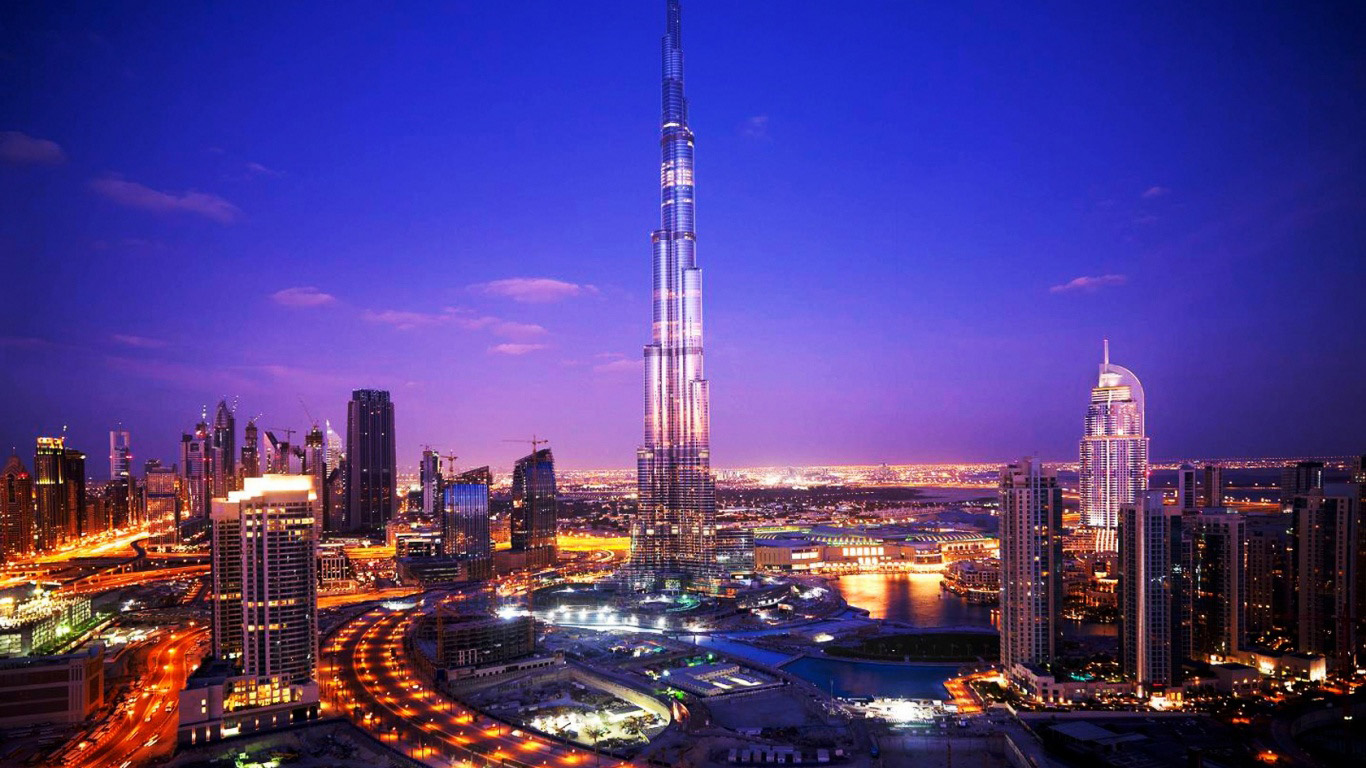 Whenever I travel abroad and tell people that I study in Sharjah the responses are typically along the lines of “Sha-what?”, “where on the map is that?” and, my personal favorite, “I heard it’s pretty cold up there.” After I have had my fun, I casually add that it’s a city right next to Dubai and watch their faces light up in recognition. Over the past 10 years, Dubai has become globally famous for its unmatched glitz and glamour; for its skyscrapers, gigantic shopping malls, Lamborghini police cars, pet tigers and gold vending machines.
Whenever I travel abroad and tell people that I study in Sharjah the responses are typically along the lines of “Sha-what?”, “where on the map is that?” and, my personal favorite, “I heard it’s pretty cold up there.” After I have had my fun, I casually add that it’s a city right next to Dubai and watch their faces light up in recognition. Over the past 10 years, Dubai has become globally famous for its unmatched glitz and glamour; for its skyscrapers, gigantic shopping malls, Lamborghini police cars, pet tigers and gold vending machines.
I am usually asked if it truly lives up to its reputation as one of the most fabulous cities in the world. My answer is always yes and no. Yes, because I have been to the world’s tallest tower, shopped at the world’s biggest mall, and watched the world’s most expensive fireworks display live. No, for exactly the same reasons. These activities are only fun while they last. This type of life is superficial and at times unfulfilling. It encourages mindsets that value material things over human bonds. In a city home to 200 different nationalities, consumerism has become the dominant and almost only publicly manifested culture. Even the rich Emirati culture has been shoved aside to give way to the overwhelming glitter of capitalistic globalization.
As time flowed by and everything in Dubai gradually let go of culture, the banks of the creek clung tightly to it. On the east side of the water, Al Fahidi District in Bur Dubai, remains one of the few places in Dubai where the deeply rooted Emirati culture still thrives. For those who live on the west side of the creek the adventure through time and culture begins with an Abra (traditional wooden boat) ride to the other side of the creek. The ride can be quite an experience under two conditions: if it’s taken during the few months of winter when the weather is below scorching or if, like in my case, the driver is using his feet instead of his hands to navigate the boat.
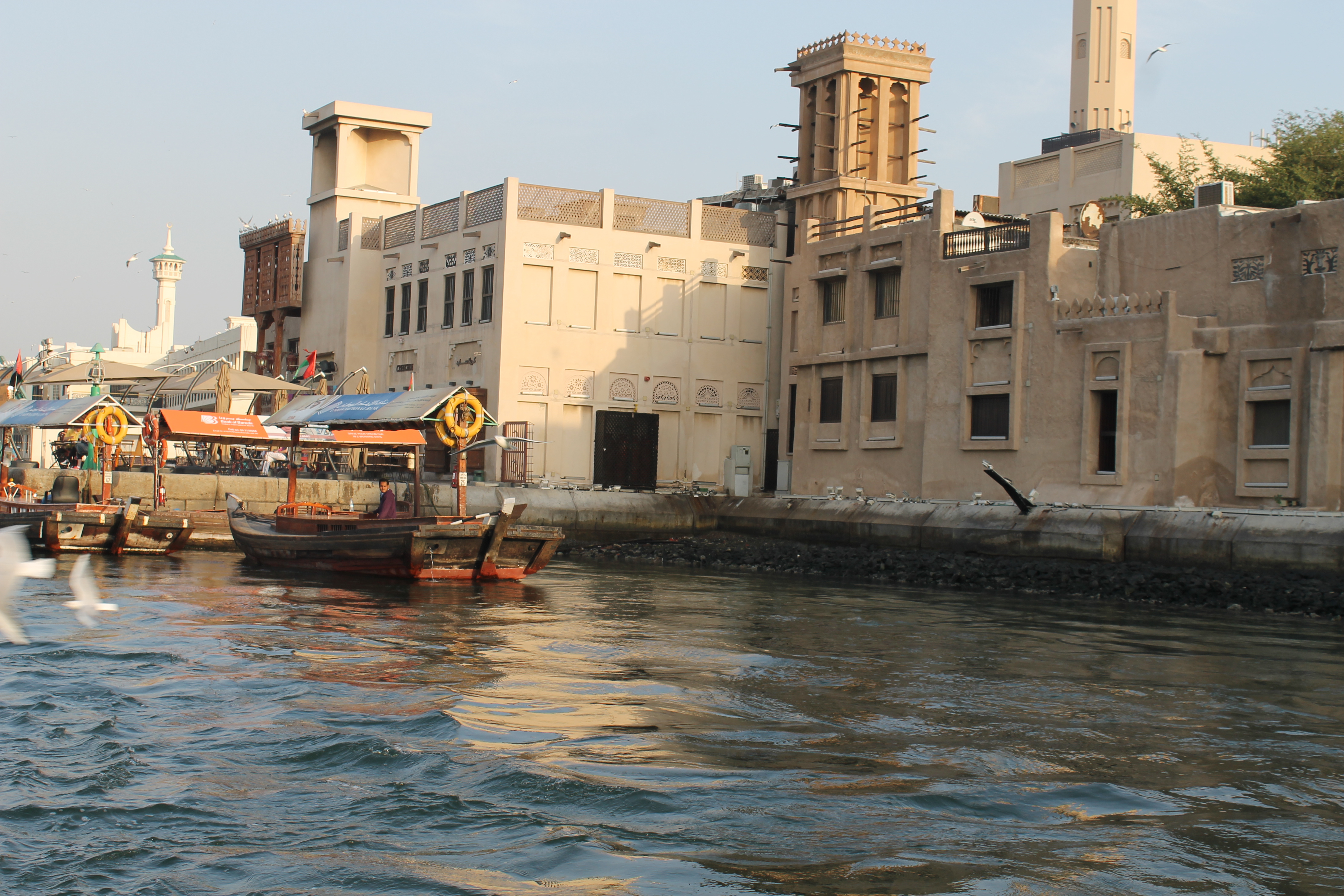
The Abra ride ends at the magnificent Textile Souk. This souk is one of the oldest and most beautiful in Dubai. The tiny shops on either side of its narrow alleys display fabrics of all colors, textures and motifs. Of course no souk in Dubai is complete without its Aladdin-themed shoes which are the second most abundant commodity in this one. In addition to the wooden shutters, the dimly lit lanterns, and the smell of oud that floods the souk, the overly friendly and very insisting shopkeepers add to the magic of the place. Often, in attempt to display their generosity and confidence in the quality of their products, they will wrap one of their silky fabrics around a potential customer’s neck and walk back in to their shops.
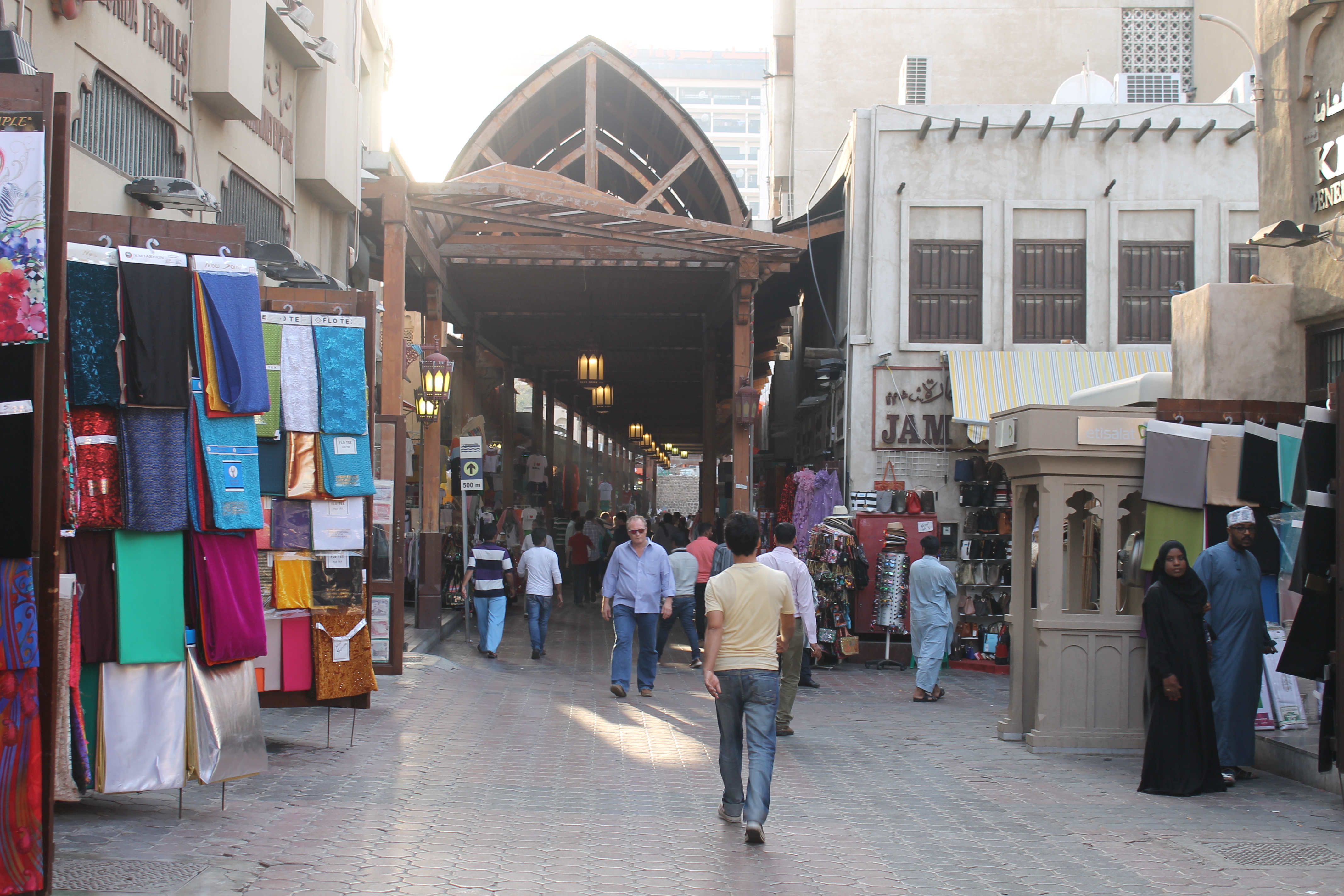
A five minute walk from the Textile souk and right across from the Grand Mosque is the Dubai Museum. The museum is located inside Al Fahidi Fort, which is considered the oldest surviving structure in all of Dubai.
The fort is said to have been built in 1799 and was converted into a museum in 1970. The museum attempts to tell the story of Dubai from a scarcely inhabited desert to the cosmopolitan city it is today. It revives culture through multiple terrifyingly realistic statue set-ups that depict various aspects of the traditional Emirati life. The slightly creepy atmosphere is further heightened by dim lighting and sounds of snakes and other desert animals quietly hissing through the speakers.
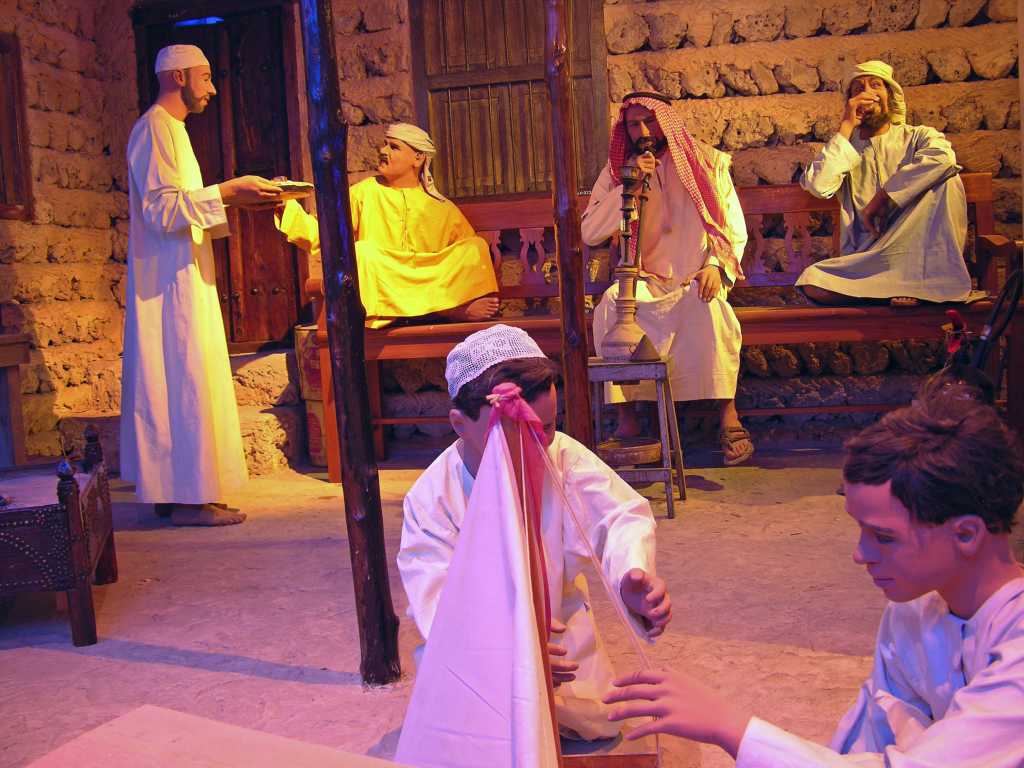
A street away from the museum is what is now known as Al Fahidi Historic District and previously as the Bastakia Quarter. The quarter is the oldest formerly residential area in Dubai. Its buildings have served for a long time as homes to now some of the wealthiest families in Dubai, most notably Al Siddiqi. The maze-like district is one of the few surviving samples of traditional architecture. Besides its pleasing appearance, the true magnificence of this form of architecture is that it takes into account its natural surroundings to create regionally suitable designs. In these old structures wind towers and courtyards served as forms of cooling and ventilation. Nowadays’ glass covered skyscrapers do exactly the opposite. They act as greenhouses; taking in sunlight, which is abundant all year round in Dubai, and trapping it inside. Thus creating the need for high power air-conditioning systems.
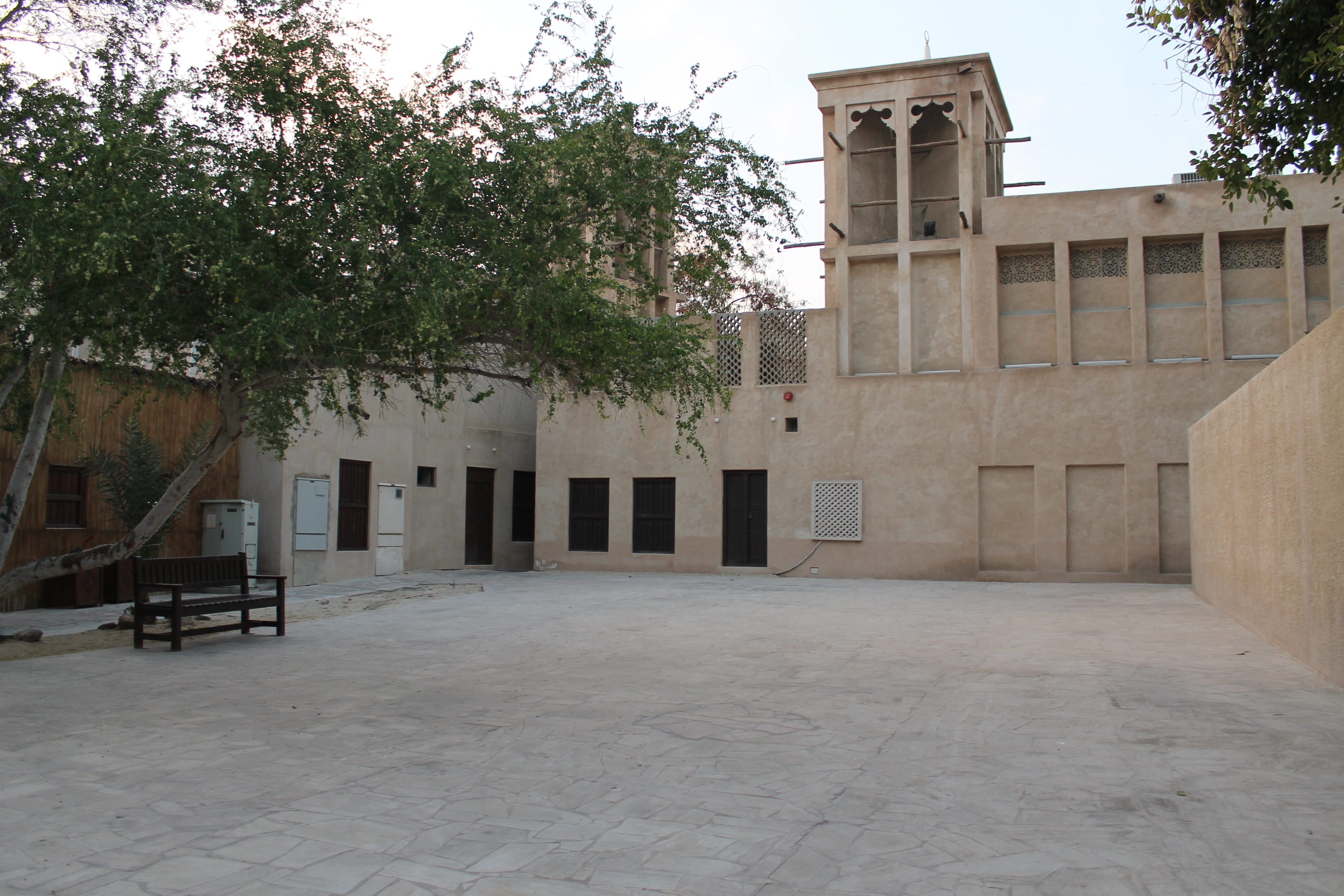
Today, the quarter sprawls with handmade antique shops, spice stands, charming little cafes and boutique hotels. The beauty of the place is that it engulfs all these institutions into its vibe rather than allowing them to impose their own.
Al Fahidi District still stands stubborn and proud in the midst of a quickly westernizing city that is gradually letting go of its roots. A city that pretends to celebrate culture and diversity but truly shuns anything that does not fit in with its gold plated world. Under the façade of seven star hotels and tennis court helipads, is another Dubai that they will rarely, if ever, tell you about.


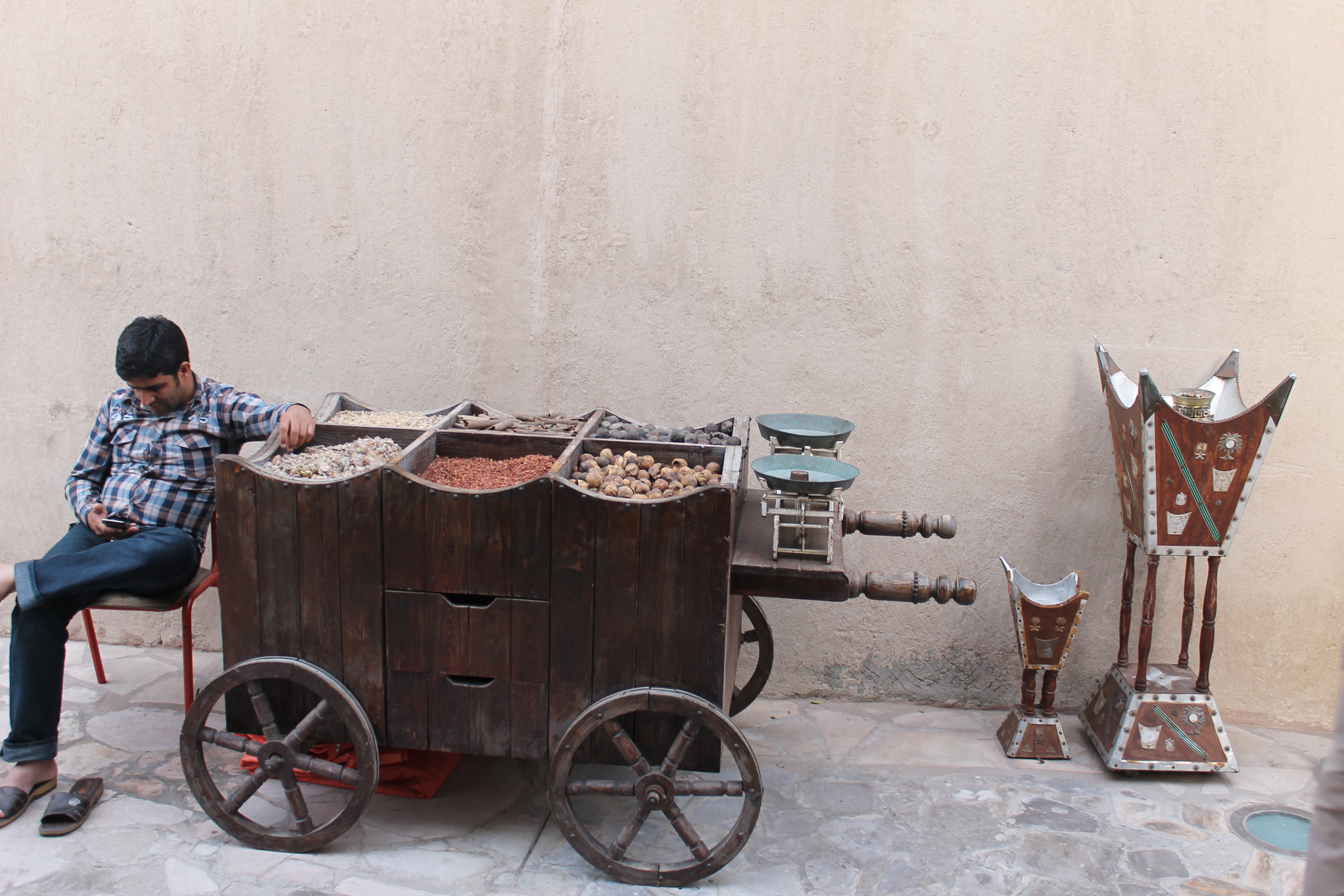


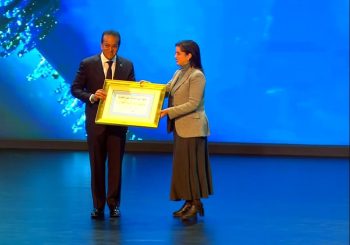
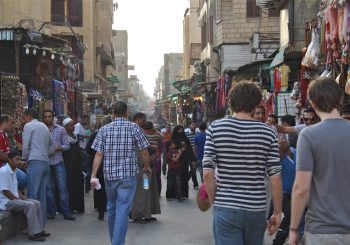
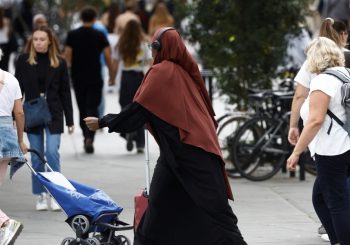
Comments (12)
Thank you for the article. It’s nice to read something else about Dubai. I wonder if there are any hotels in that part.
there is a guest house if i remember correctly
Great article on an extremely relevant theme.